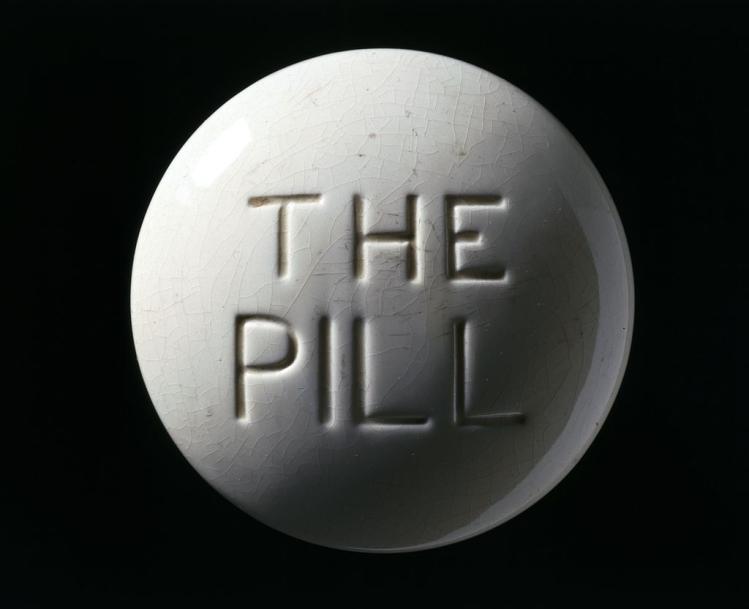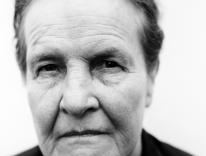
For better or worse, the debate over birth control in the Church has served as a focal point for all manner of issues far more basic than the morality of contraception. Among these have been the nature of marriage, the man-woman relationship, the role and value of the Church’s teaching authority, the place of the free conscience in the Church, the validity of “natural law,” the nature of morality and the Church’s witness to the world. If one adds to these the relationship of faith and reason, man’s biological and social development, the population explosion and the distribution of wealth and resources in the world, there is every reason to see the birth control debate as the great symbol of the Church’s attempt to come to terms with its own history and with its attempt to show the contemporary pertinence of Catholicism to human life.
This is of course a terrible burden to place on the resolution of one issue in the Church. But perhaps because it is an issue which so basically touches on the Catholic’s relationship to his body, to the rest of the human race and to the Church, it is as good a place as any to look for symbols; and as good a place as any to see what the Christian life entails.
The publication by the National Catholic Reporter of the majority and minority reports of the papal birth control commission helps to make clear how deep and far-ranging the issue of contraception is. Neither of the reports contains anything particularly new; anyone who has been following the literature on birth control of the past few years will have heard it all before. But precisely because both the majority and minority felt compelled to explain their positions in the broadest terms possible, the net impact of reading them together is a sense that here, in germ, one is seeing the very future of the Church itself discussed. Or, perhaps more precisely, one is seeing the confrontation of two radically different conceptions of Church authority, human responsibility, and the relationship of faith and reason. The future of the Church, in the sense of its witness, impact and influence rather than its mere physical survival, will depend in great measure on which conception survives and flourishes.
To say this is not to imply, however, that a papal decision toward change in the present magisterial position on birth control would give the Church’s credibility a fresh shot in the arm, and thus insure it a fresh hearing from the rest of humanity. Nor does it imply that a reactionary reaffirmation of the present position would spell its doom. Things rarely work out so simply, if only because a major part of Catholicism’s fascination for mankind and for many members of the Church is its image of solidity, indeed imperturbability. Many people, in other words, would probably admire in an odd sort of way a Church which resolutely refused to change its position in the face of overwhelming pressure to do so. Even a cursory reading of the convert literature of the ’40s and ’50s shows the powerful attraction of a Church which purports to be a rock of certain authority and resistant to the vagaries of secular wisdom.
Similarly—in the same psychological vein—a reforming, changing, open Catholicism may win a better secular press for the Church, and considerably reduce non-Catholic hostility, but (as recent declining convert statistics show in part) it by no means insures that more people will see Catholicism’s form of Christianity as a viable, compelling option when they are searching for worldviews.
The point is that all such considerations are beside the point. What matters is not the external impact of one birth control decision or another. What matters is choosing that course which best serves the Christian and human good, not that course which promises to enhance or diminish the Church’s image, position in the world, or psychological attraction.
It is on the ground of this Christian and human good that we accept the majority report and reject the thinking of the minority. For we want a papal and episcopal authority governing the Church which is not hesitant to admit its errors, even in the realm of faith and morals. Hence, we reject the position of the conservative minority which would refuse to change a position because it would harm the traditional image of Church authority—an authority which only errs on trivial matters, and then only occasionally, a long time ago. Let that image be harmed; it is about time it died, anyway.
We also want a conception of human responsibility which recognizes that the individual alone is finally responsible for his moral choices. To be sure, the Catholic should be extraordinarily sensitive to Church authority, totally willing to listen in humility to its decisions. But this need for sensitivity and humility should never obscure the obligation, finally, to follow personal conscience. We want, finally, a conception of the relationship between faith and reason which does justice to the high place of reason in the Catholic tradition. It was reason, using the resources of science, theological speculation, and human experience, which led the progressive majority to its conclusions. It was un-reason, on the contrary, which led the conservative minority to uphold a position which even they admitted could not be supported by rational arguments. This kind of irrationality must come to an end in the Church.
Please email comments to [email protected] and join the conversation on our Facebook page.
Previous Story
What Are We Waiting For?
Next Story
From “The Encyclical Crisis”


